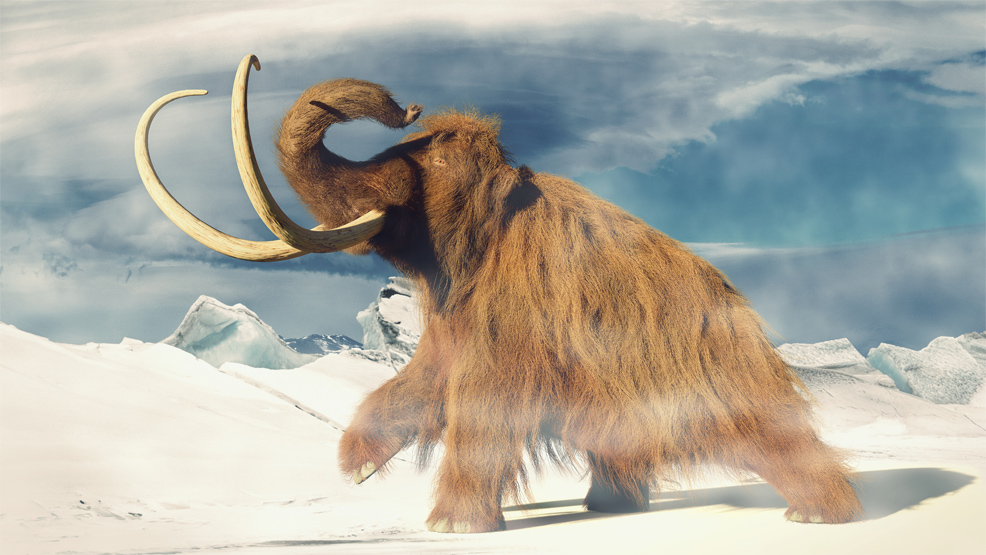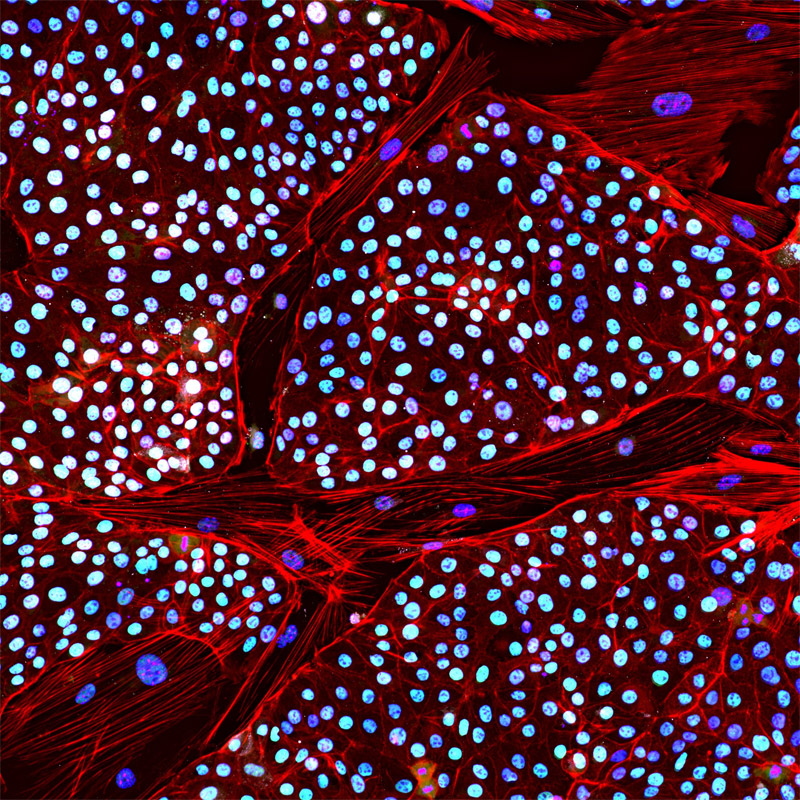
14th March 2024 Mammoth de-extinction moves a step closer The first creation of induced pluripotent stem cells for the Asian elephant is reported by Colossal Biosciences, a key step towards de‑extinction of the woolly mammoth.
Founded in 2021 and based in Dallas, Texas, Colossal Biosciences has emerged as a pioneering force in the nascent field of de-extinction. The brainchild of technology entrepreneur Ben Lamm and world-renowned geneticist George Church, Colossal aims to harness the power of advanced genetic engineering and CRISPR to bring back extinct species, starting with the woolly mammoth. A behemoth of the Ice Age, these animals roamed the grasslands of North America, Europe, and Asia until their extinction 4,000 years ago. As an integral part of the Pleistocene ecosystem, they shaped the environment through their grazing. Their extinction, likely due to a combination of climate change and hunting by our human ancestors, marked the loss of an iconic species that continues to captivate the imagination of people today. In July 2022, Colossal announced the successful sequencing of the entire Asian elephant genome; the first time that mammalian genetic code had been fully sequenced to this degree since the Human Genome Project's completion in 2003. The following month, the company revealed its plan to de-extinct the thylacine, while in 2023 it revealed a plan to bring back the famous dodo. Building on this and other research, the company has just announced its latest breakthrough – the world's first creation of induced pluripotent stem cells (iPSC) from elephant skin cells. This milestone, pictured below, has been a major goal of the mammoth project, and supports the feasibility of future multiplex ex utero mammoth gestation.
iPSC cells represent a single cell source that can propagate indefinitely and give rise to any other type of cell in a body. As such, this scientific achievement extends far beyond the mammoth de‑extinction project – holding tremendous potential for studying cell development in general, cell therapy, drug screening, synthetic embryos, in vitro gametogenesis, and the use of iPSCs for nuclear transfer across all species. Elephants have a unique biology, making it much more difficult to create iPSCs using their cells than those of other species. Cell reprogramming, which in itself is quite long and inefficient for higher mammal species, takes even longer for elephants. The team used a chemical-based induction media first, followed by the addition of several transcription factors and modification of genes responsible for the production of TP53. This approach differs from other, more standard reprogramming protocols for other species, due in part to the complexities of the TP53 pathway in elephants, as their genome contains up to 19 copies of TP53 retrogenes. TP53 is a core gene utilised by the cell to carefully regulate its growth so as not to become cancerous.
'Hardest to reprogram'
"Elephants might get the 'hardest to reprogram' prize, but learning how to do it anyway will help many other studies, especially on endangered species," said Colossal co-founder and renowned Harvard geneticist, Dr. George Church. "This milestone gives us insights into developmental biology and the balance between senescence and cancer. It opens the door for obtaining gametes and other cell types without surgery on precious animals. It opens the door to establishing connections between genes and traits for both modern and extinct relatives – including resistance to environmental extremes and pathogens. This collaboration has been a true pleasure and a colossal accelerant for our challenging project." "We knew when we set out on the Woolly Mammoth de-extinction project that it would be challenging but we've always had the best team on the planet focused on the task at hand," said co-founder and CEO of Colossal, Ben Lamm. "This is a momentous step, with numerous applications, that we are proud to share with the scientific community. Each step brings us closer to our long-term goals of bringing back this iconic species." Colossal will now be able to use these cells for multiplex editing and differentiation to study cold adaptation traits, such as woolly hair growth and fat storage in cellular and organoid models. The company hopes to achieve the first woolly mammoth hybrid calves by 2028. However, some scientists have expressed doubt over the mission of Colossal Biosciences: "What I find troubling is bringing back some sort of a surrogate that is part‑mammoth, part‑elephant," said Joseph Bennett, an associate professor of biology at Carleton University in Ottawa, Canada, in an interview with NPR. "Bringing that back as something that would somehow be portrayed as conservation would be a difficult sell on my part." "There are so many species going extinct today. We're actually not going to be able to help any of them if we're thinking about the woolly mammoth. We need to focus on the species here today," said Gabriela Mastromonaco, senior director of wildlife science at the Toronto Zoo. "Living animals versus fossils is really where our focus should be. It's just a distraction."
Comments »
If you enjoyed this article, please consider sharing it:
|
||||||








